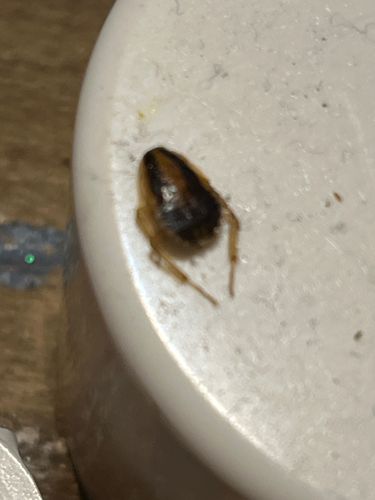German Cockroach
Scientific Name: Blattella germanica
Order & Family: Order: Blattodea, Family: Ectobiidae (formerly Blattellidae)
Size: Adults typically 1.1 to 1.6 cm (0.43 to 0.63 in) long.

Natural Habitat
Prefers warm, humid environments close to food and water sources. Commonly found indoors in kitchens, bathrooms, and food preparation areas. Can hide in small cracks, behind appliances, and under sinks.
Diet & Feeding
Opportunistic omnivores; eats almost anything, including food scraps, grease, pet food, toothpaste, soap, and even glue.
Behavior Patterns
Nocturnal; hides in cracks and crevices during the day; typically runs away when disturbed; active foragers; females produce oothecae (egg cases).
Risks & Benefits
Risks: Known as significant pests. They can spread bacteria (e.g., E. coli, Salmonella), allergens, and pathogens that can cause food poisoning, asthma, and other health issues. Their presence can contaminate food and surfaces. Benefits: No direct benefits to humans, considered a pest.
Identified on: 8/16/2025